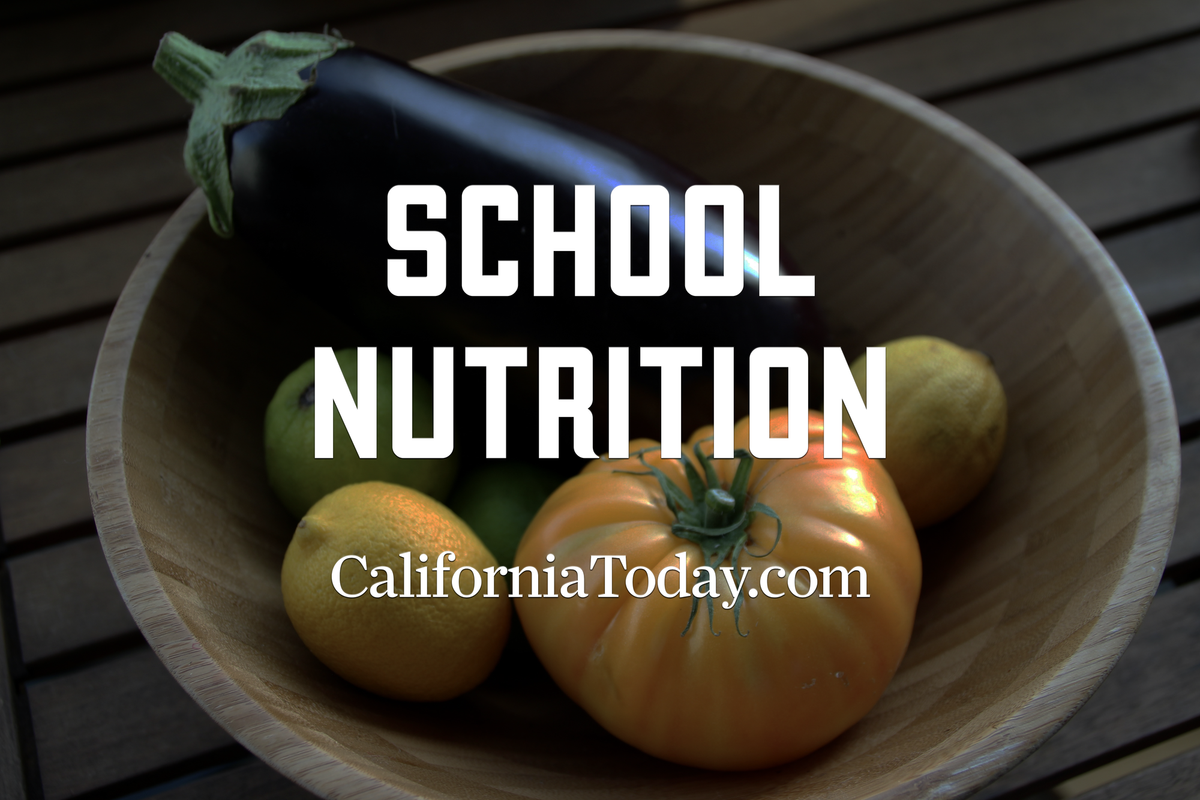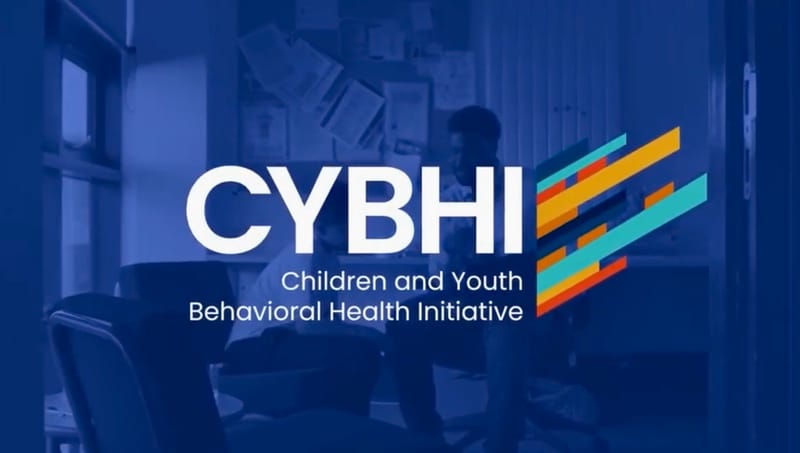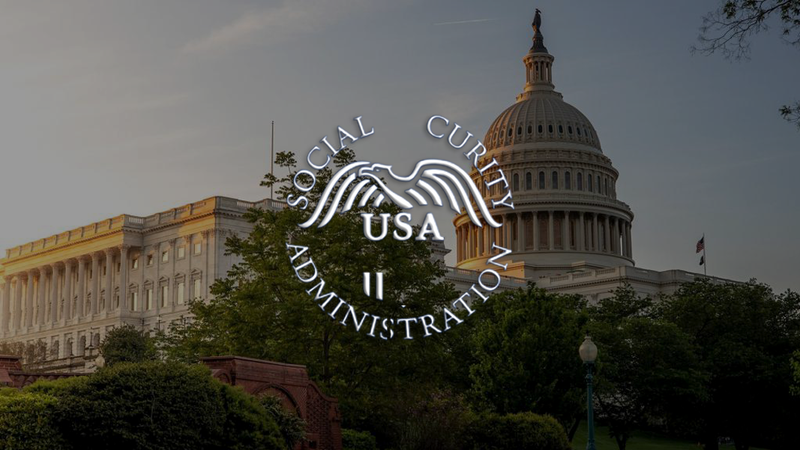Ultra-processed foods in California schools: What to know about the upcoming crackdown
With new bans on food dyes and a statewide push against ultra-processed foods, California is leading a national shift in how schools feed students.
In January 2025, Governor Gavin Newsom issued a sweeping executive order targeting ultra-processed foods in California, especially those served in public schools.
California is taking action to reduce the consumption and purchase of ultra-processed foods.
— Governor Gavin Newsom (@CAgovernor) January 3, 2025
As the nation-leading state on nutrition and health standards, we’re doubling down on efforts to create a healthier future for every Californian. pic.twitter.com/NQw7XjpAaO
This follows years of aggressive action from lawmakers to ban harmful ingredients and raise school nutrition standards. With new food dye bans taking effect by 2027 and growing alignment between state and federal dietary guidelines, this article explains how California is redefining the future of school food.

Need a summary of what’s currently allowed or banned in California schools?
Unless noted otherwise, the information below is sourced from:
- California Education Code Article 2.5, Sections 49430–49434
- CDE Universal Meals Program Guidelines
- Executive Order on Ultra-Processed Foods (Newsom, Jan 2025)
- AB 2316 (2024) and related food dye legislation
What Are Ultra-Processed Foods?
Ultra-processed foods are industrially manufactured products loaded with additives to enhance flavor, shelf life, and appearance. They tend to contain high levels of added sugar, refined starches, hydrogenated oils, and artificial coloring or preservatives.
- Packaged chips and cookies
- Sugar-sweetened beverages
- Fast food items cooked in solid fats or oils
- Processed lunch meats and artificially flavored snacks
These foods are often linked to obesity, type 2 diabetes, cognitive issues, and poor academic performance.
Inside Governor Newsom’s 2025 Executive Order
Governor Gavin Newsom’s 2025 executive order marks a significant escalation in California’s efforts to reduce diet-related illness and reshape food policy across public institutions. The directive focuses especially on curbing the presence of ultra-processed foods in schools, hospitals, and low-access communities. It sets the stage for sweeping, long-term changes.
"We’re going to crack down on ultra-processed foods and create a healthier future for every Californian," -Governor Newsom.
The executive order, signed January 3, 2025, calls on multiple state agencies to coordinate and recommend specific reforms. These include:
- Identifying strategies to reduce the prevalence of ultra-processed foods across California
- Investigating health risks associated with synthetic food dyes
- Exploring sugar content limits in non-dairy milk products
- Recommending ways for Medi-Cal and hospitals to invest in access to whole foods
- Proposing stricter nutrition standards for school meals, exceeding federal baselines
Why the Focus Is on Schools
School cafeterias feed millions of children every day. For many, it's their most consistent source of nutrition. By targeting what’s offered in schools, the state aims to:
- Improve childhood health outcomes
- Reduce long-term disease risk
- Foster better academic performance linked to clean nutrition
California has already laid the groundwork by:
- Banning sodas, high-caffeine drinks, and trans fats
- Outlawing deep-fried and par-fried foods
- Launching the Universal Meals Program offering free breakfast and lunch to all students
- Expanding the Farm to School initiative to promote local, fresh ingredients
Food Dyes and Additives Now Being Phased Out
Under AB 2316 (2024), beginning December 31, 2027, California schools may not sell foods containing these synthetic dyes:
- Blue 1 (CAS 3844-45-9)
- Blue 2 (CAS 860-22-0)
- Green 3 (CAS 2353-45-9)
- Red 40 (CAS 25956-17-6)
- Yellow 5 (CAS 1934-21-0)
- Yellow 6 (CAS 2783-94-0)
These dyes are common in candies, sodas, sports drinks, and flavored chips—all of which will be barred from competitive food sales on school campuses.
The Broader Public Health Strategy
California’s executive order builds on alarming data:
- 73% of U.S. adults are overweight or obese
- 38% of adolescents ages 12–19 are prediabetic
- Ultra-processed food consumption is associated with increased risk of chronic illness and behavioral disorders in youth
State leaders are also considering:
- Requiring SNAP/EBT acceptance at college campus food vendors
- Creating “certified mobile farmers markets” to serve food deserts
- Reinvesting hospital funds to promote local nutrition equity
How Parents and Schools Can Respond
While many provisions won’t take effect until 2027, the shift is already underway. Here’s how families and educators can prepare:
- Read school nutrition labels carefully for added dyes and hydrogenated oils
- Advocate for fresh food sourcing through district wellness policies
- Engage with California’s Farm to School and Universal Meals programs








